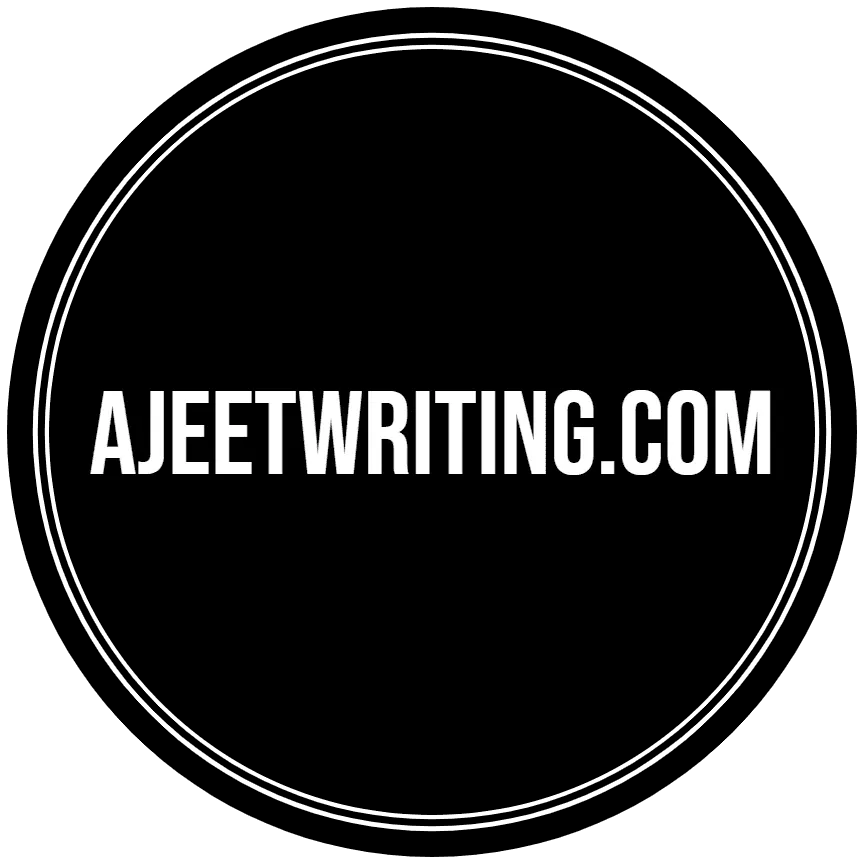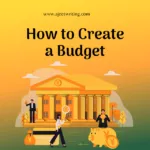Writing a book is a dream for many aspiring authors,
but getting it published can be a daunting task. With so many steps
involved, it’s easy to feel overwhelmed and unsure where to start. In this
comprehensive guide, we’ll walk you through the process of writing and
publishing a book, from generating ideas to finding a publisher and marketing
your work.
 |
| How to Write a Book and Get it Published: A Comprehensive Guide |
Generating Ideas
The first step in writing a book is coming up with a
compelling idea. This can be the most challenging part of the process, but
there are several strategies you can use to generate ideas. These include
brainstorming, keeping a journal, and researching popular trends and topics in
your genre.
Brainstorming is a popular technique for generating ideas.
This involves writing down as many ideas as you can think of, no matter how
wild or unusual they may seem. You can then refine these ideas and choose the
one that resonates with you the most.
Keeping a journal is another great way to generate ideas.
You can write down your thoughts, observations, and experiences, and use them
as inspiration for your book.
Researching popular trends and topics in your genre can also
help you come up with ideas for your book. You can read other books in your
genre and see what’s popular or look for current events and issues that are
relevant to your readers.
Planning and Outlining
Once you have an idea, it’s time to start planning and
outlining your book. This step is essential for ensuring that your book has a
clear structure and a strong narrative arc. In this section, we’ll discuss the
importance of outlining, different outlining techniques, and how to develop
your characters and plot.
Outlining is the process of creating a plan for your book.
This can involve creating a detailed chapter-by-chapter outline, or a more
general overview of the story and its major plot points. Outlining can help you
stay on track and ensure that your book has a cohesive structure.
Different outlining techniques include the snowflake method,
the hero’s journey, and the three-act structure. These techniques can help you
create a strong narrative arc and ensure that your book has a compelling plot.
Developing your characters is also an important part of
planning your book. You should create fully realized characters with distinct
personalities, motivations, and backgrounds. This will help your readers
connect with your characters and become invested in the story.
Writing and Editing
With your outline in place, it’s time to start writing your
book. This can be a time-consuming process, but there are several strategies
you can use to stay focused and productive. In this section, we’ll discuss the
writing process, including how to stay motivated, how to deal with writer’s
block, and how to edit your work effectively.
Writing a book is a marathon, not a sprint. It’s
important to stay motivated and disciplined throughout the writing process. You
can set goals, establish a routine, and reward yourself for reaching
milestones.
Writer’s block is a common challenge that many authors face.
To overcome writer’s block, you can try taking a break, changing your
environment, or working on a different part of your book.
Editing is an essential part of the writing process. You
should read your work carefully and make revisions to improve clarity,
consistency, and pacing. You can also seek feedback from beta readers or hire a
professional editor to review your work.
Finding a Publisher
Once your book is written and edited, it’s time to find a
publisher. This can be a challenging task, but there are several options
available, including traditional publishing, self-publishing, and hybrid
publishing. In Grammarly support for further assistance.
this section, we’ll explore each of these options in detail
and discuss the pros and cons of each.
Traditional publishing involves submitting your
manuscript to a publishing house and waiting for them to accept it. This can be
a lengthy and competitive process, but if you’re accepted, you’ll receive
professional editing, marketing, and distribution support. However, traditional
publishing can also involve giving up some control over your book and
receiving a lower percentage of royalties.
Self-publishing involves taking full control of your
book and publishing it yourself. This can be a faster and more affordable
option, and you’ll receive a higher percentage of royalties. However, self-publishing
also requires you to handle all aspects of publishing, including editing,
formatting, and marketing.
Hybrid publishing is a combination of traditional and self-publishing.
You’ll work with a publisher who offers some of the benefits of traditional
publishing, such as professional editing and distribution, while also allowing
you to maintain more control over your book and receive a higher percentage of
royalties.
Marketing and Promotion
Once your book is published, you’ll need to promote it to
ensure that readers know about it. This can involve a range of marketing and
promotional strategies, including social media marketing, book tours,
and advertising. In this section, we’ll explore these strategies in detail and
discuss how to create a marketing plan for your book.
Social media marketing is a powerful tool for promoting
your book. You can use platforms such as Facebook, Twitter, and Instagram
to build a following, engage with readers, and share information about your
book.
Book tours involve visiting bookstores and other venues to
promote your book in person. This can be a great way to connect with readers
and build your brand.
Advertising can also be an effective way to promote your
book. You can use platforms such as Amazon, Goodreads, and Bookbag to advertise
your book to a targeted audience.
Recommended Books:
1. On Writing: A Memoir of the Craft by Stephen King
2. The War of Art: Break Through the Blocks and Win YourInner Creative Battles by Steven Press field
3. Bird by Bird: Some Instructions on Writing and Life byAnne Lamott
4. Writing Down the Bones: Freeing the Writer Within byNatalie Goldberg
5. The Elements of Style by William Strunk Jr. and E.B.White
Conclusion
Writing and publishing a book can be a challenging process,
but with the right strategies and tools, it’s possible to turn your dream into
a reality. Whether you choose to go the traditional publishing route or
self-publish, it’s important to stay focused, persistent, and dedicated to your
craft. By following the steps outlined in this post, you can start on the path
towards becoming a published author. Good luck!










One thought on “How to Write a Book and Get it Published: A Comprehensive Guide”